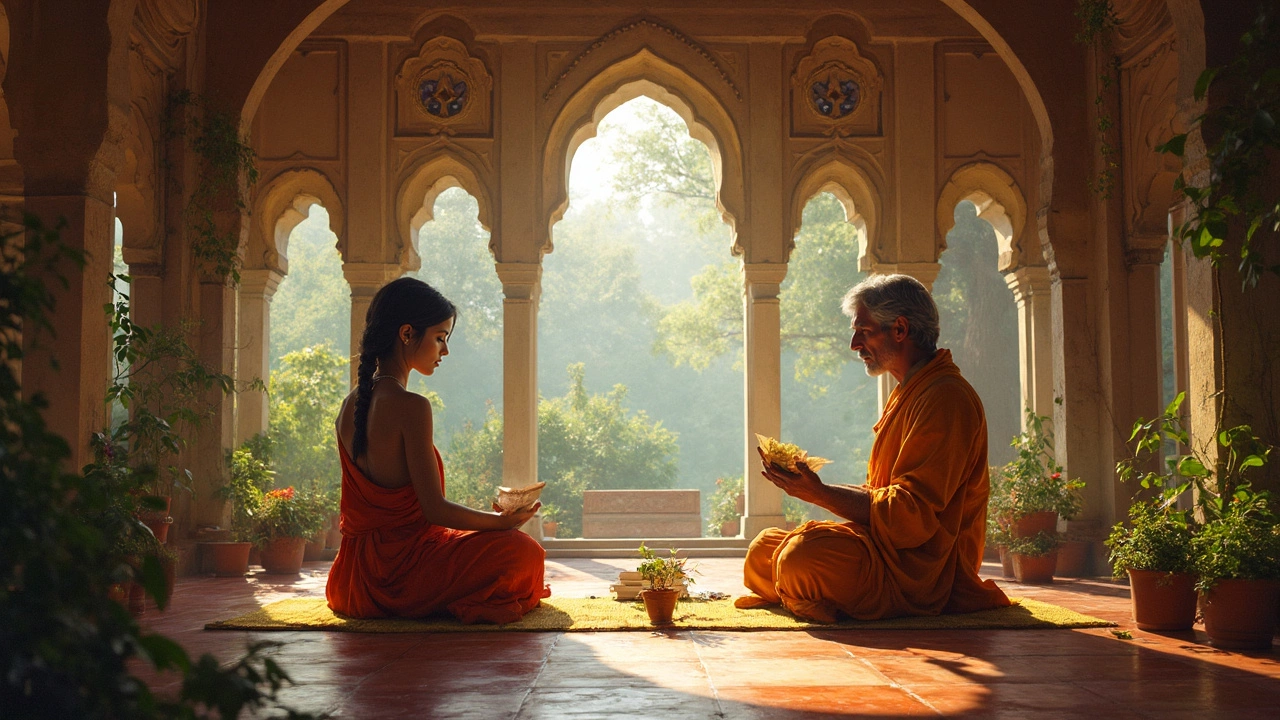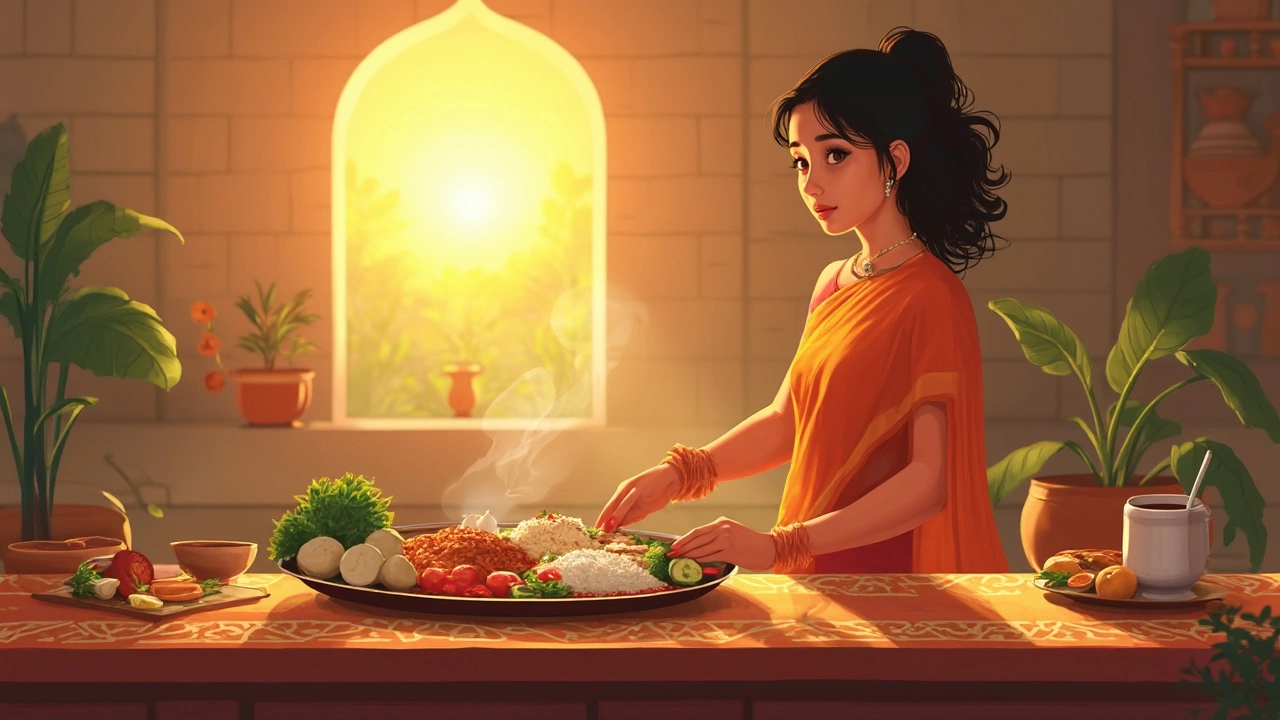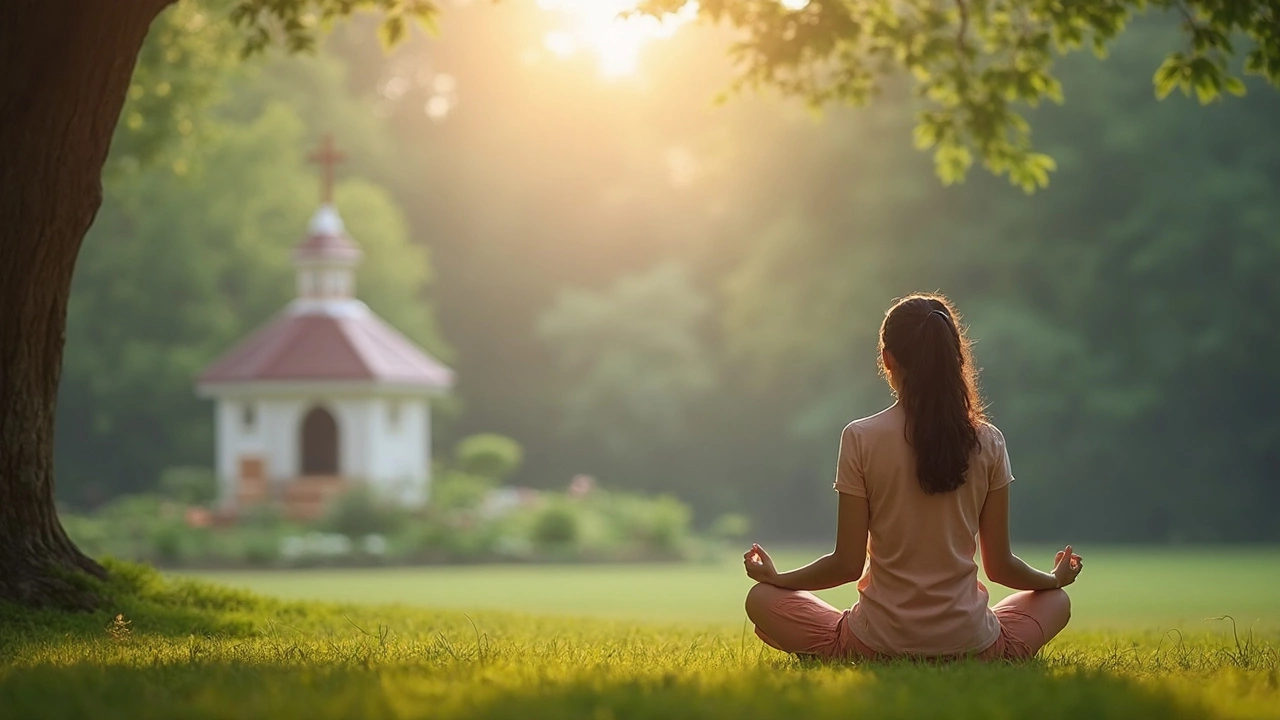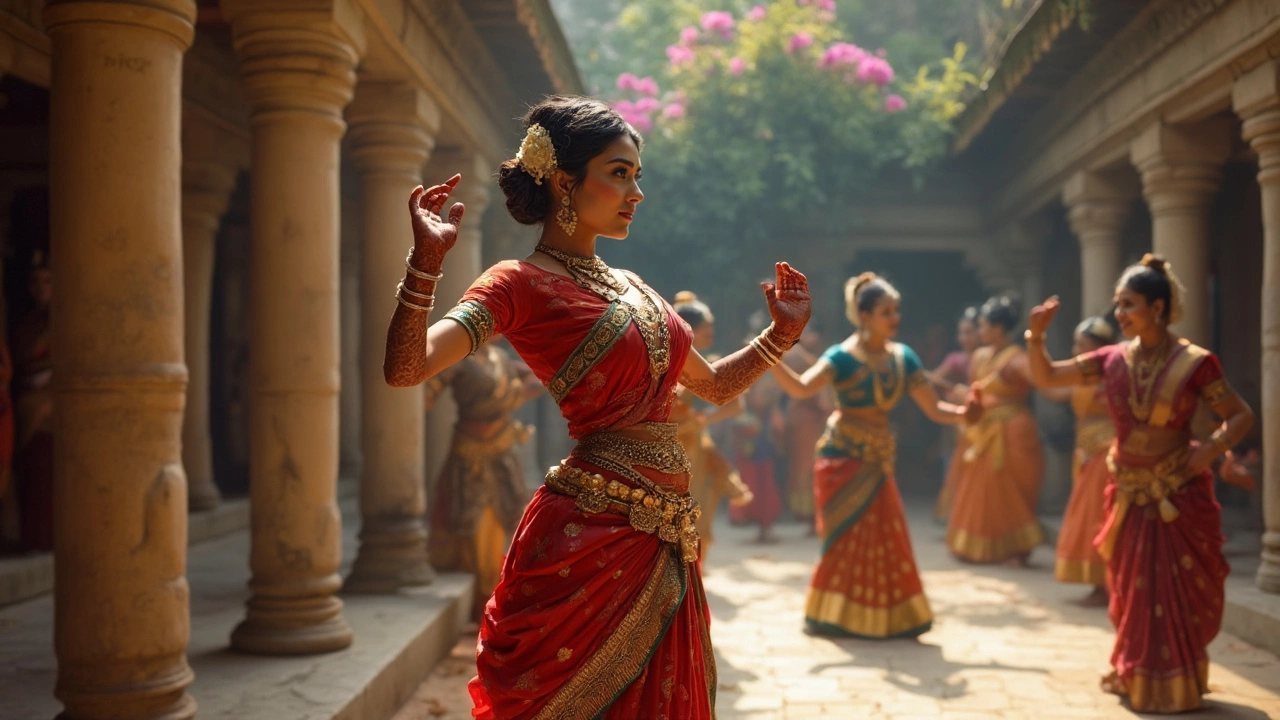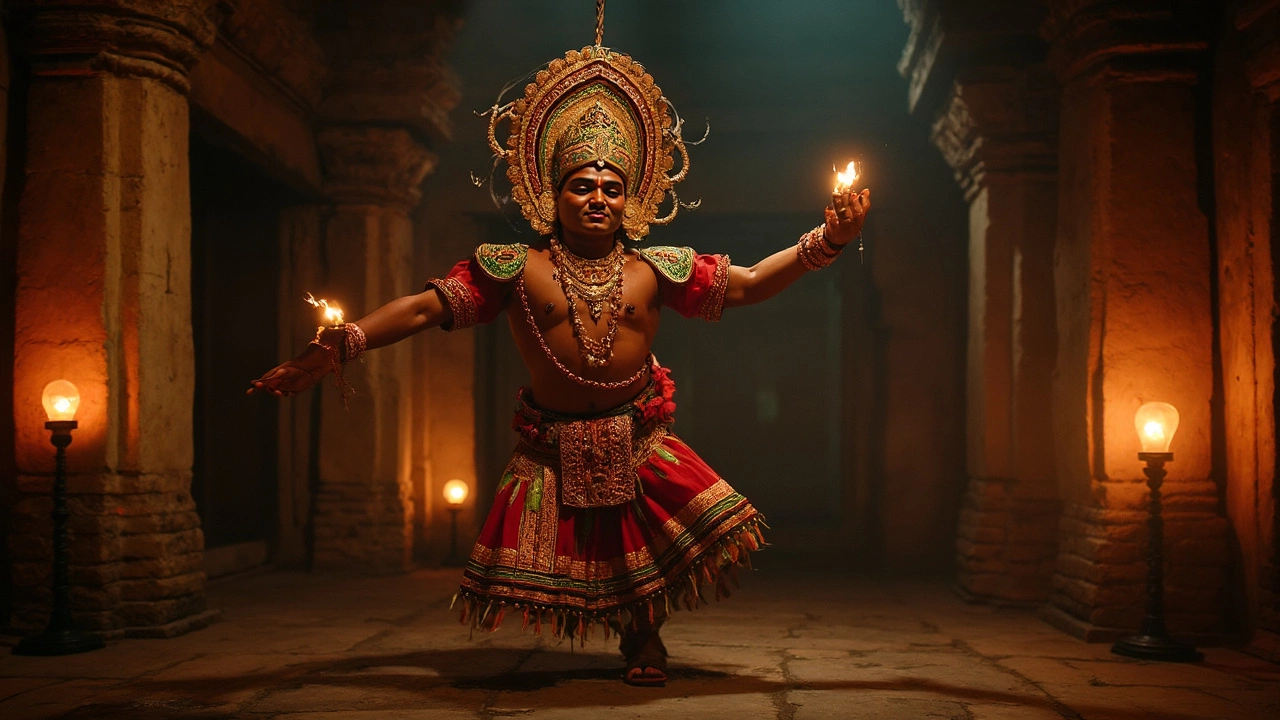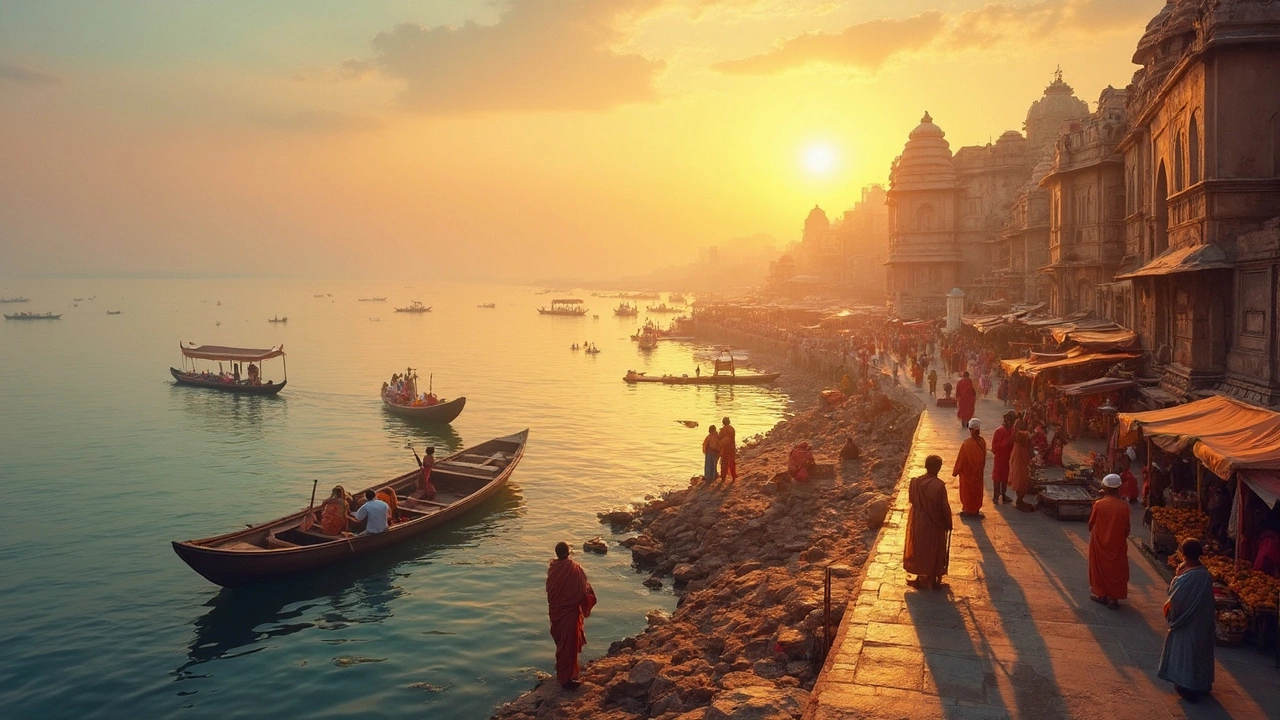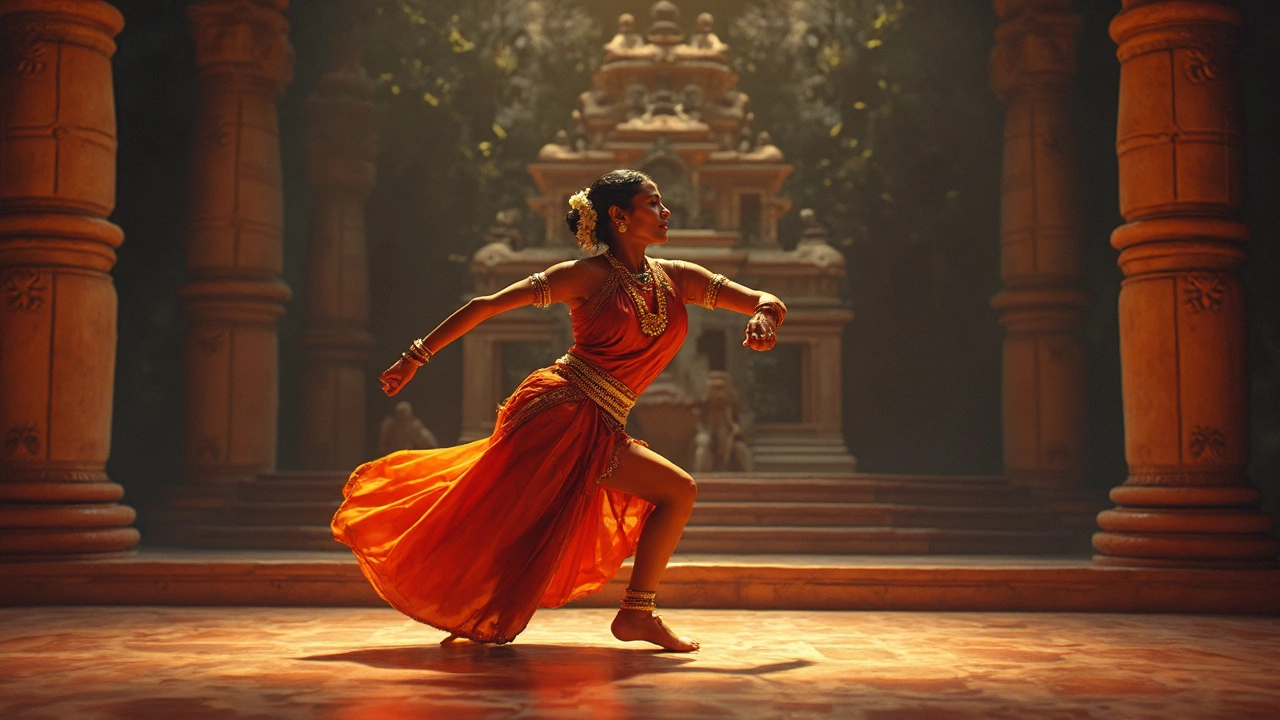Tamil Culture in 2025: Festivals, Traditions, and Daily Life
At the heart of southern India lies Tamil culture, a living tradition rooted in language, ritual, and art that has endured for over two thousand years. Also known as Tamizh culture, it shapes how people eat, pray, dance, and celebrate — not just in Tamil Nadu, but across the global Tamil diaspora. This isn’t history locked in books. It’s what happens when families wake up before sunrise to make kolams outside their homes for Pongal, or when a grandmother whispers Ayurvedic advice about when to eat for better digestion. It’s the sound of mridangam drums during a Kathakali performance, the smell of turmeric rice cooking on a clay stove, and the way women drape sarees with pride — not as costumes, but as part of their identity.
Pongal, the four-day harvest festival that marks the Tamil new year and honors the Sun God, is more than just a celebration — it’s a rhythm that structures the year. Around the same time, people turn to Ayurveda, an ancient system of natural healing that ties diet, sleep, and daily routine to body types called doshas to stay balanced. You’ll find it in the way meals are timed, in herbal teas drunk at dawn, and in the belief that food is medicine. Meanwhile, Kathakali, a dance form so strict it takes decades to master, with painted faces and heavy costumes telling stories from Hindu epics, keeps ancient myths alive on stage. These aren’t isolated traditions. They connect — Ayurveda informs meal times during Pongal, and dance performances often begin with prayers that echo temple rituals.
What you’ll find here isn’t a museum exhibit. It’s real life — from the truth about chicken in Gujarat to why Christians meditate, from the clothes Indian girls wear to the city that calls itself the ‘City of God.’ These stories all tie back to one thing: how culture lives in the everyday. Whether you’re curious about why Tamil Nadu’s festivals feel different from those in Bengal, or how a single dance can hold centuries of meaning, the articles below give you the full picture — no fluff, no guesses, just what people actually do, believe, and live.
